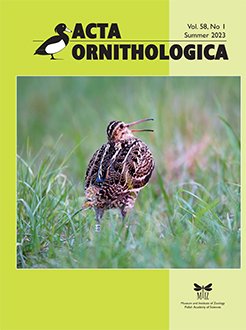The reproductive ecology of the Andean Condor Vultur gryphus is poorly known. This note describes reproductive events of individual breeding pairs. We describe the minimum distances between nest sites, breeding success, elevation and the use of nesting cliffs of different breeding pairs of Andean Condors in the north-central Andes of Ecuador. We undertook 840 hours of observations of eight nesting events in areas on an elevational gradient from 2500 m to 4500 m during 2018 and 2019. Nesting events in Ecuador since 1996, were also reviewed which provided us a total of 21 breeding attempts at 16 nest sites. Minimum distances between the sites of breeding attempts were 25 m (since 1996) and 310 m (during the fieldwork). The nearest neighbour distance of Andean Condors simultaneously sharing the same cliff during partially overlapping breeding was 550 m and in different cliffs 2720 m. Breeding success was 0.75 and higher in reused nests. The results present previously unknown information that contributes to reproductive ecology and emphasizes the importance of the cliffs as critical areas for the conservation and permanence of the Andean Condor where management actions are urgent.
How to translate text using browser tools
10 November 2023
Minimum Nest Distances, Breeding Success and Use of Shared Cliffs for Andean Condor Vultur gryphus Breeding in Ecuador
Roberto Sanchez Mateos,
Freddy Gallo-Viracocha
ACCESS THE FULL ARTICLE

Acta Ornithologica
Vol. 58 • No. 1
Summer 2023
Vol. 58 • No. 1
Summer 2023
breeding attempt
nest reuse
nest site
overlapping breeding
reproductive ecology




